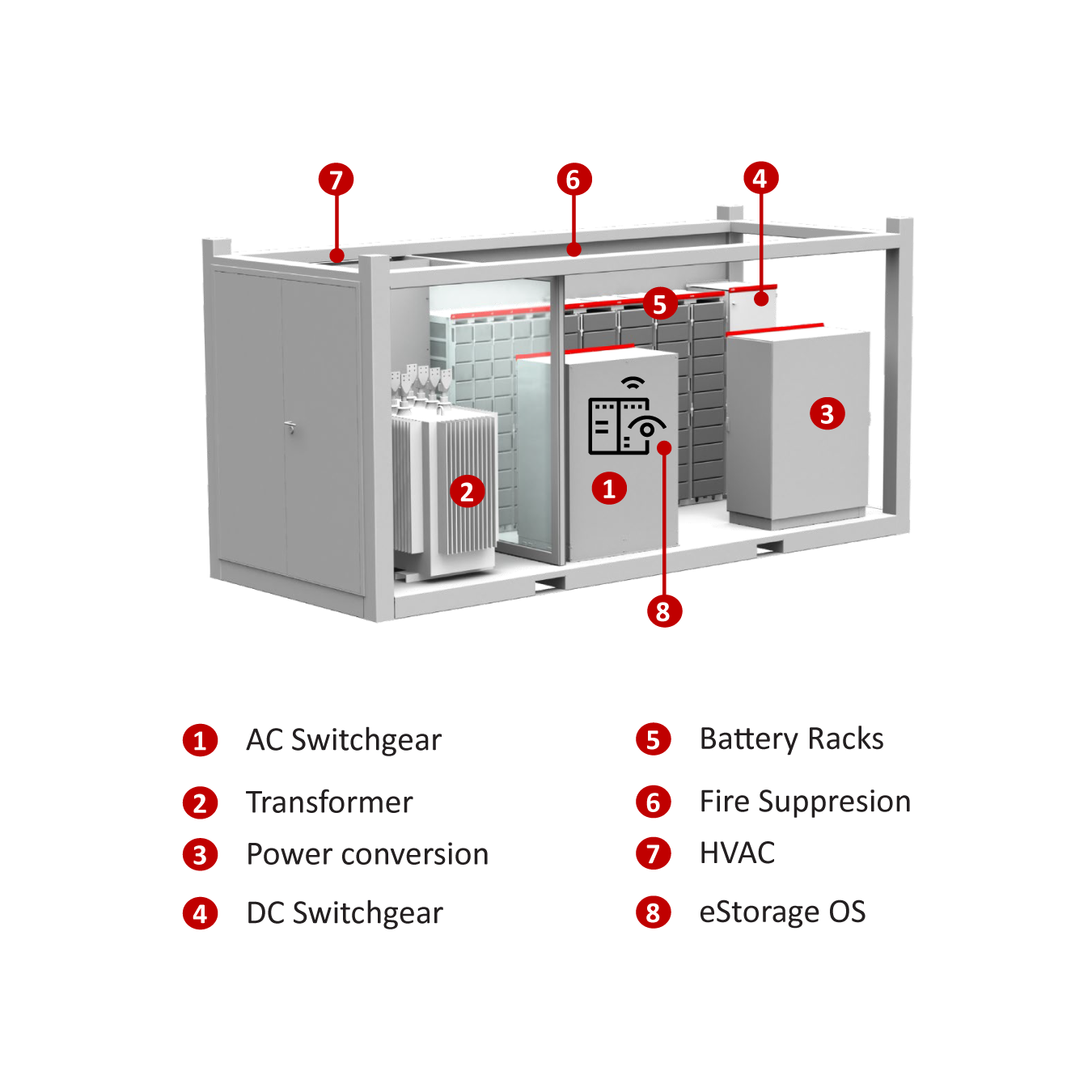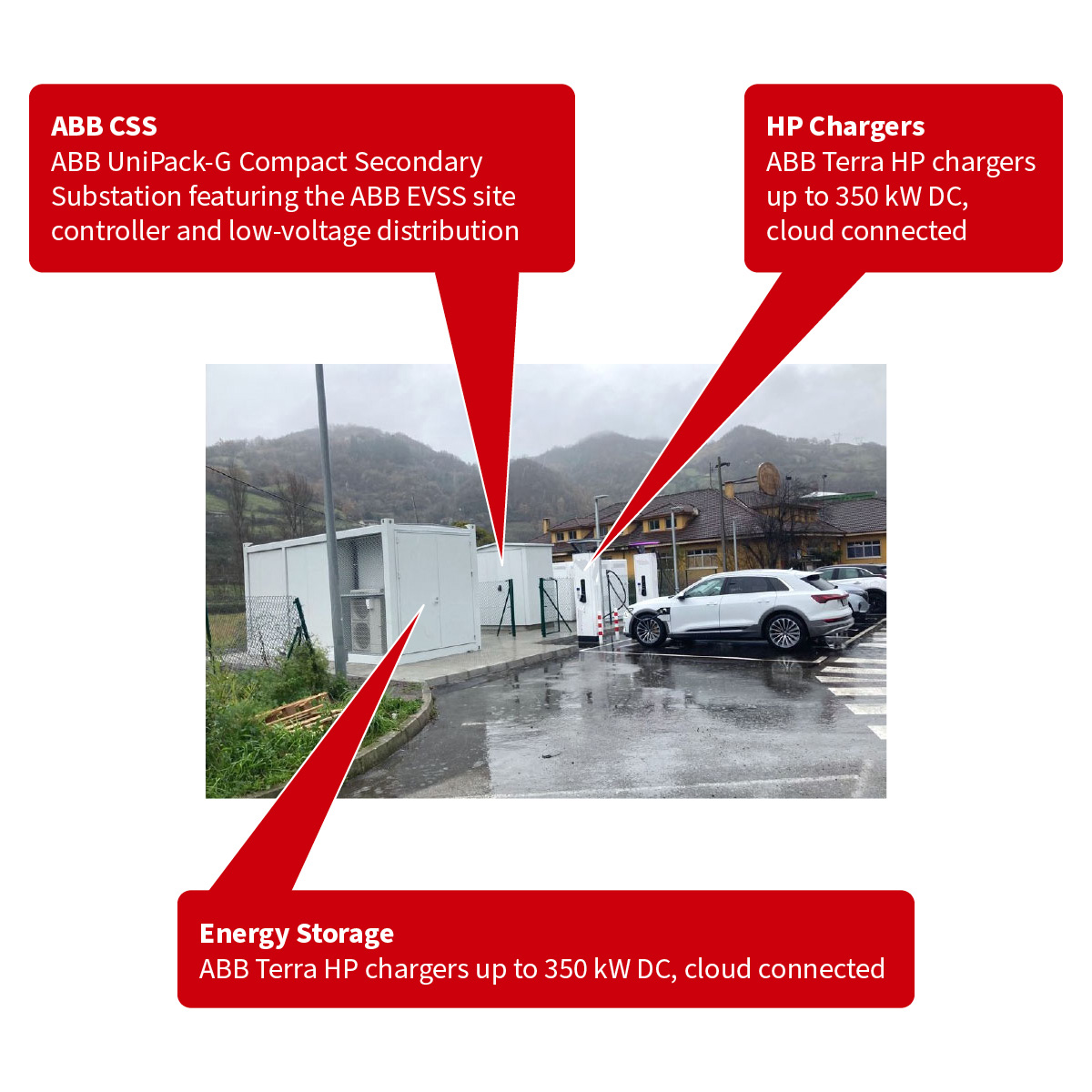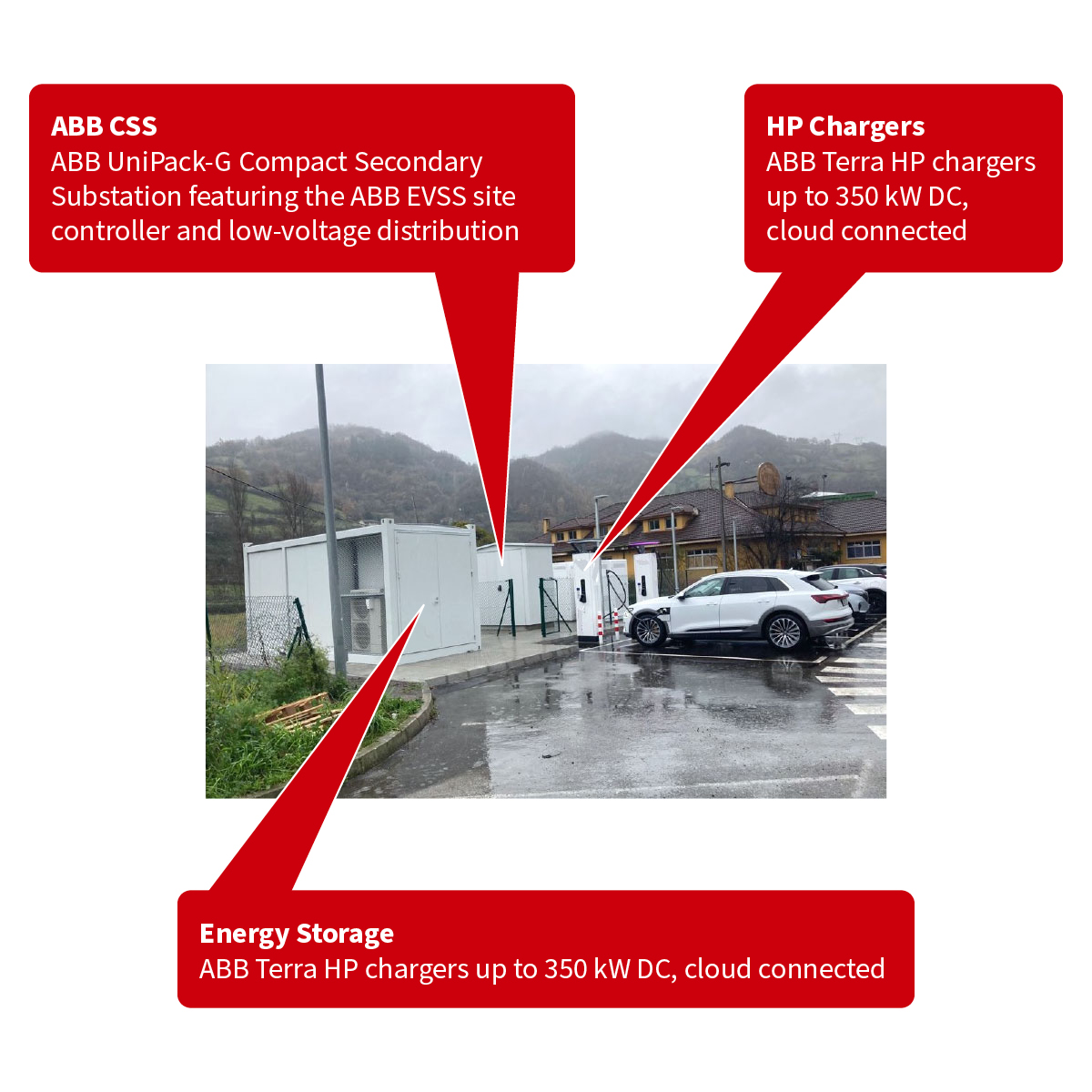
EXECUTIVE SUMMARY
Supporting Global Megatrends with Energy Storage
Supporting Global Megatrends with Energy Storage
- Global energy megatrends impact energy storage applications.
- Battery energy storage systems are increasingly coupled with renewable assets.
- Five key energy storage applications capture multiple value propositions.
- ABB offers a range of energy storage systems to address every customer’s needs.
Supporting Global Megatrends with Energy Storage
Speaker


Global energy megatrends impact energy storage applications.
Three important energy megatrends are:
Decentralization
Decarbonization
Digitization
Battery energy storage systems are increasingly coupled with renewable assets.
Five key energy storage applications capture multiple value propositions.
- Energy shifting
- Peak shaving
- Frequency regulation, reserve, & response
- Capacity firming
- Spinning reserve
ABB offers a range of energy storage systems to address every customer’s needs.



An ABB 20 Mwh eStorage Max project
ABB provided frequency regulation to the grid in a 20 megawatt hour (Mwh) project. While the project’s full scope was 200 Mwh, the operator wanted to locate different 20 Mwh sites throughout the country. Each of six feeders includes battery containers, coupled with the inverter and protection, then the transformer. When determining power and energy requirements for an energy storage system, measuring on the installed capacity side, the high side of the transformer, or other location is one factor in understanding system sizing.
ABB eStorage OS is an energy management system that can be applied in four variations:
Additional Resources
Supporting Global Megatrends
with Energy Storage

Supporting Global Megatrends
with Energy Storage

Alexandra Goodson discussed global energy megatrends and how they impact energy storage applications. She then shared information on ABB’s energy storage systems and energy management system.

Today, most utility-scale solar inverters and converters use 1500 VDC input from the solar panels. Matching the energy storage DC voltage with that of the PV eliminates the need to convert battery voltage, resulting in greater space efficiency and avoided equipment costs.




